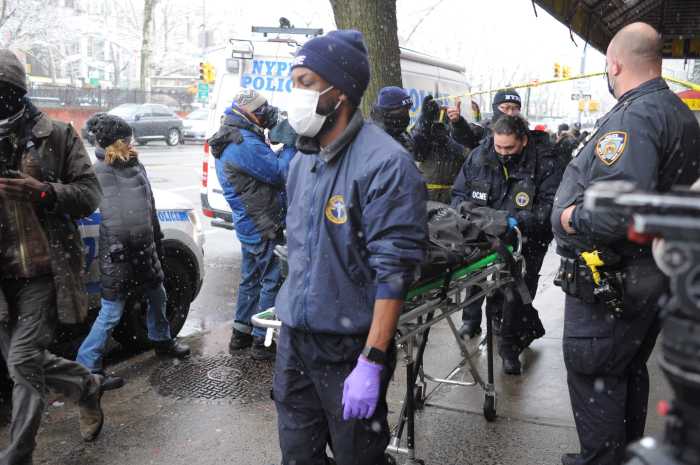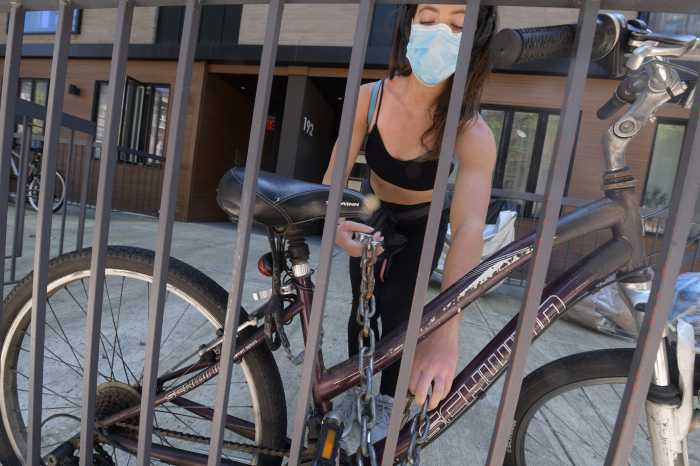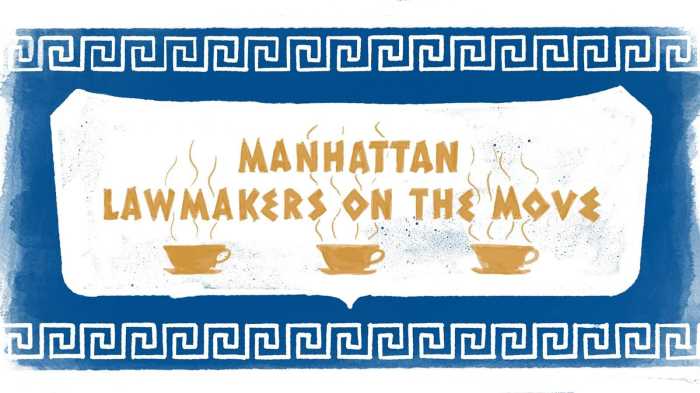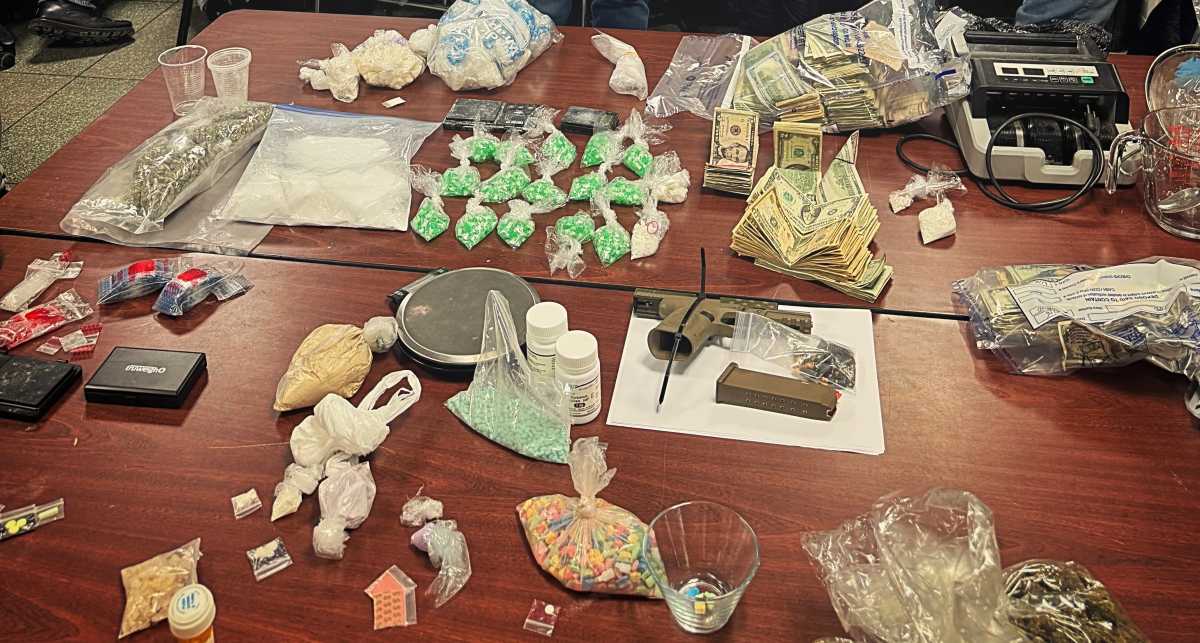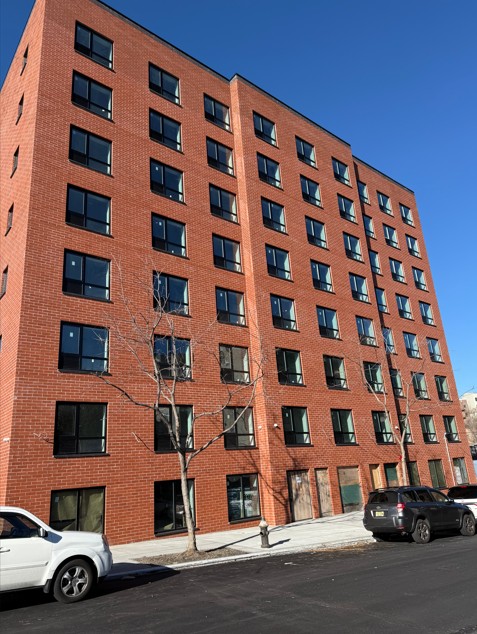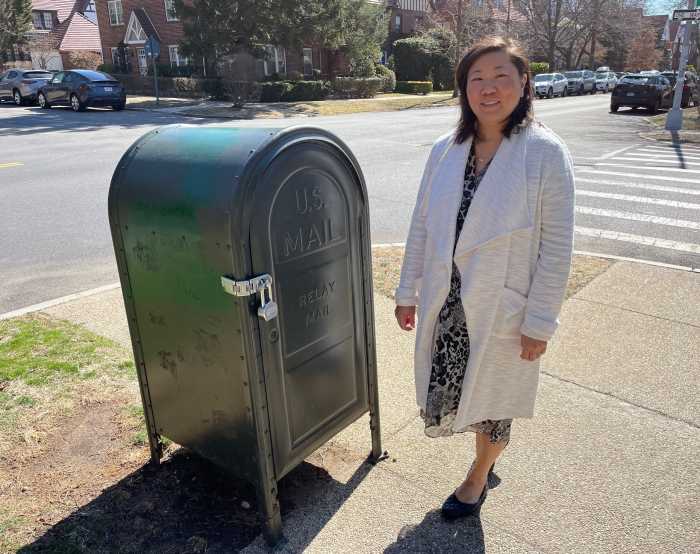Amid the ongoing debate over whether to rollback aspects of 2019 reforms to the state’s cash bail laws, officials from Governor Kathy Hochul’s administration shared data on Monday showing there’s been little difference in the number of people rearrested pretrial from before the changes were passed to a couple of years after implementation.
But Republican lawmakers in both the state Senate and Assembly are dubious about the data’s accuracy.
Officials from the state Division of Criminal Justice Services (DCJS) highlighted the findings during a marathon multi-hour hour joint state Senate and Assembly oversight hearing to analyze data collected on the impact of the 2019 criminal justice reforms by DCJS and the state Office of Court Administration (OCA). State lawmakers also heard testimony from officials with the OCA and with New York City Mayor Eric Adams’ administration.
The hearing took place as Hochul is set to unveil her executive budget for the coming fiscal year on Wednesday and she’s seeking to make further changes to the state’s pretrial detention laws.

In their opening statements, the Codes Committee chairs of each respective chamber, state Senator Jamal Bailey (D-Bronx) and Assembly Member Jeffrey Dinowitz (D-Bronx), both made clear the hearing’s goal was to better understand the data collected on the implementation of recent criminal justice reforms, but not to debate the value of the changes themselves.
“For the past couple of years, we’ve had many conversations around the newly available criminal justice statistics,” Dinowitz said. “We’ve seen people point to the same sets of numbers and draw completely different conclusions. So we’re here today to talk about all of the criminal justice data that we have available to us. And it’s a lot. But as important, if not more importantly, we’re here today to talk about the context, we need to understand what these numbers mean. And what they don’t mean.”
The 2019 pretrial detention changes, which eliminated cash bail for most misdemeanors and nonviolent felonies, has been a point of contention since they were implemented in early 2020, with many centrists and Republicans blaming them for the rise in crime New York experienced during the pandemic. Last year, Hochul pushed several rollbacks to the bail laws through the state budget process to give judges more discretion when it comes to repeat offenders, crimes involving guns and those who violate orders of protection.
State Senator Brad Hoylman-Sigal (D-Manhattan), chair of the state Senate Judiciary Committee, echoed that the hearing aimed to look past newspaper headlines drawing attention to several high-profile crimes, often blaming them on bail reform, and dig into the numbers.
“We’ve been bombarded with media campaigns, fear mongering, asking ‘would you support changes to the law?’ And our response has always been: ‘show us the data,’ Hoylman-Sigal said. “We’re going to try to look behind the headlines and get the real data on the record.”
One of the topline findings presented by DCJS Commissioner Rossana Rosado and Executive Deputy Commissioner Joseph Popcun was that statewide index crime has decreased 24% between 2012 and 2021. But it rebounded last year, increasing 29% of the first three quarters of 2022.
During his line of questioning to Rosado and Popcun, Dinowitz pointed to data showing that, in New York City, the number of offenders rearrested after being released pretrial barely increased between the periods before and after the bail laws were changed.
Overall, the percentage of offenders who were rearrested after being released pretrial within 180 days of their arraignment, across the city’s criminal court system, increased from 19% in 2019 to 22% in 2020 — according to the DCJS report. But then that number went back down to 20% during the first three quarters of 2021.
He also noted that those who were rearrested after being released on their own recognizance — let out pretrial without supervision — and posting bail also stayed roughly the same over that three-year stretch.
“As a general rule, at least in New York City, the numbers pretty much stayed the same or improved in terms of rearrests over those past three years,” Dinowitz said.
In response, Popcun said Dinwotiz’s summation was correct.
“Well, see here’s what I don’t understand: I keep reading some newspapers that rearrests are skyrocketing, but this data shows the exact opposite,” the Assembly member said.
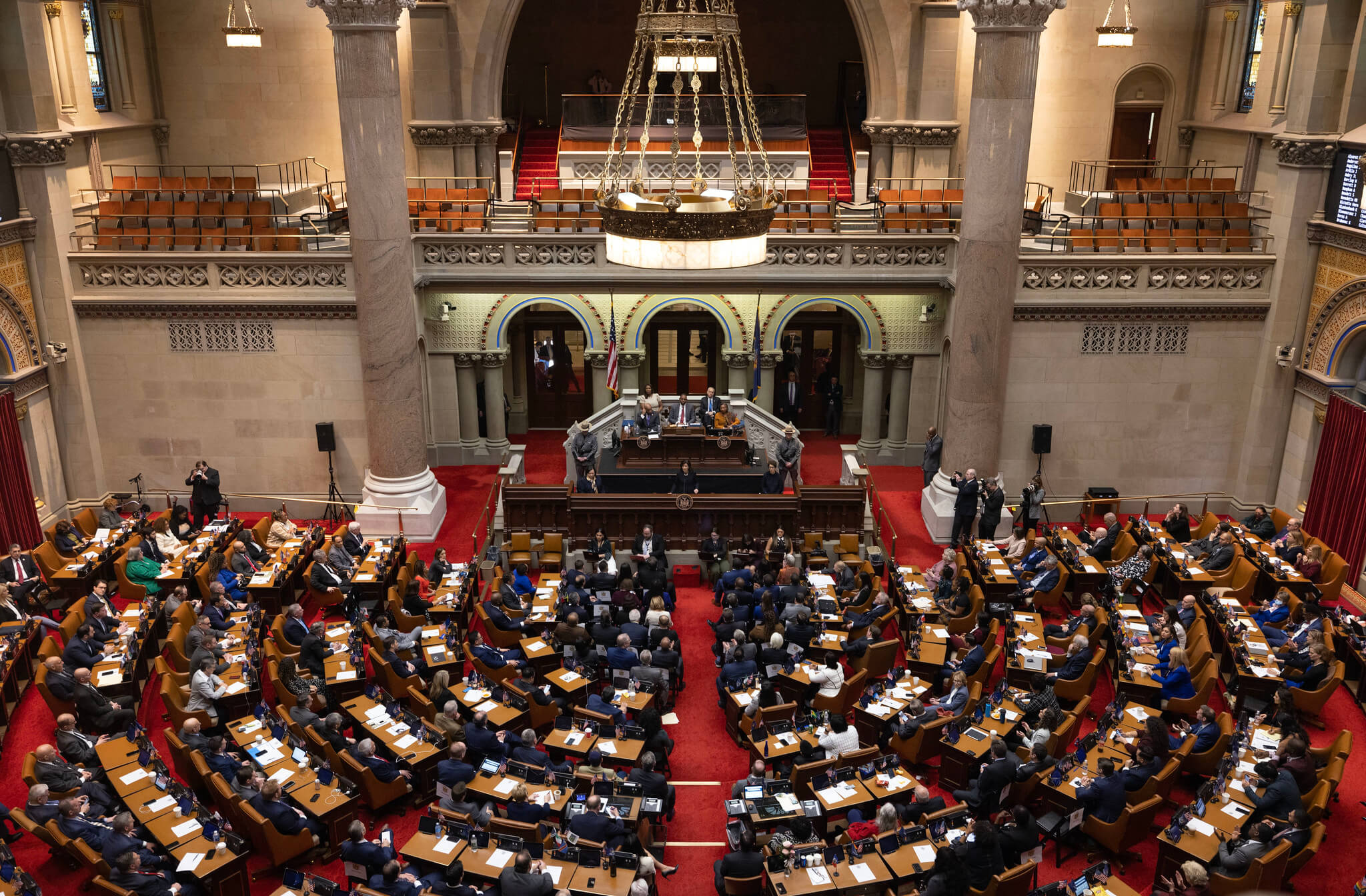
But, during his line of questioning, Republican Assembly Member Michael Tannousis (Staten Island/Brooklyn) prodded DCJS officials about how those who fail to appear for desk appearance tickets are recorded in the data they compile.
Tannousis took issue with comments made by DCJS officials earlier in the hearing that those who fail to appear at a police station house or at court to be fingerprinted upon receiving a desk appearance ticket aren’t recorded in their data, because their numbers only include those who’ve been fingerprinted.
“If they were issued a desk appearance ticket and failed to appear to be finger-printed, we wouldn’t be able to capture their data,” Popcun said.
Tannousis asserted that, because many jurisdictions downgraded misdemeanors to desk appearance tickets after the bail laws were implemented, there are possibly many repeat offenders who aren’t being accounted for in DCJS’ data. But Popcun said the Assembly member would have to ask individual law enforcement entities for confirmation of that.
Additionally, Tannousis said, he doesn’t understand why the governor has been consistently trying to tweak the bail laws, if she’s viewed the same data being presented to state lawmakers.
“The governor has put out there to the press, to the legislature, that she wants to make changes to bail reform,” Tannousis said. And “that is after, presumably, she received a report which says that crime is down 24% in the state.”




